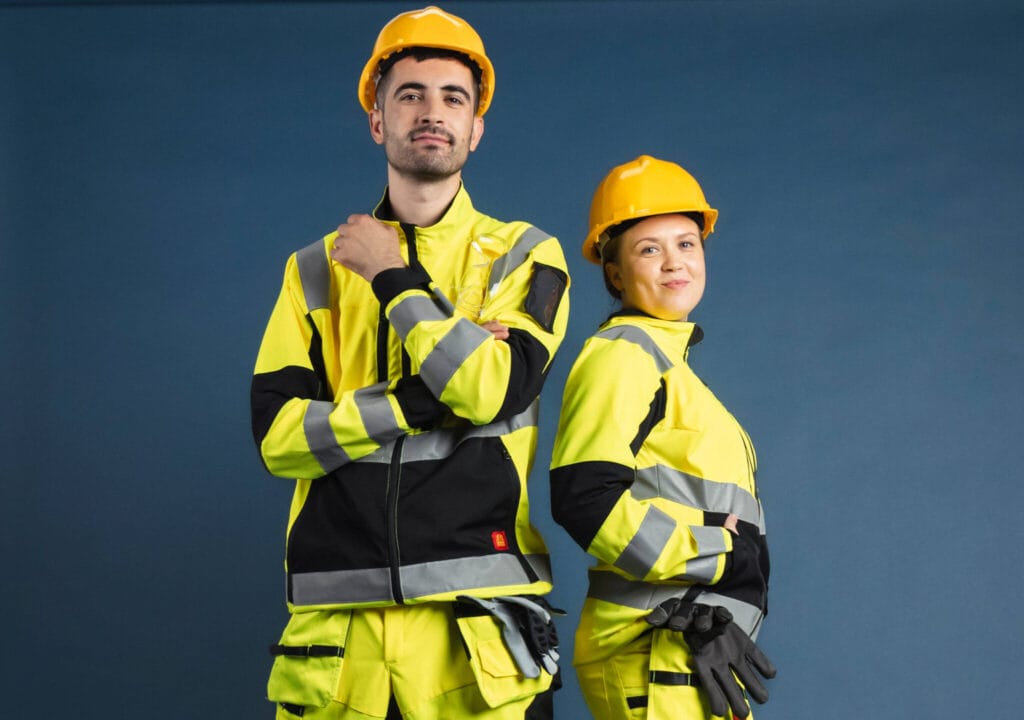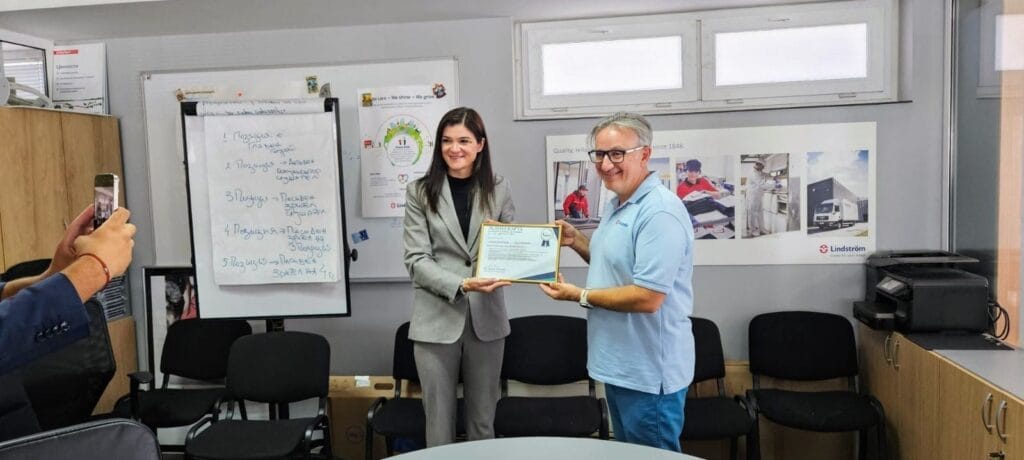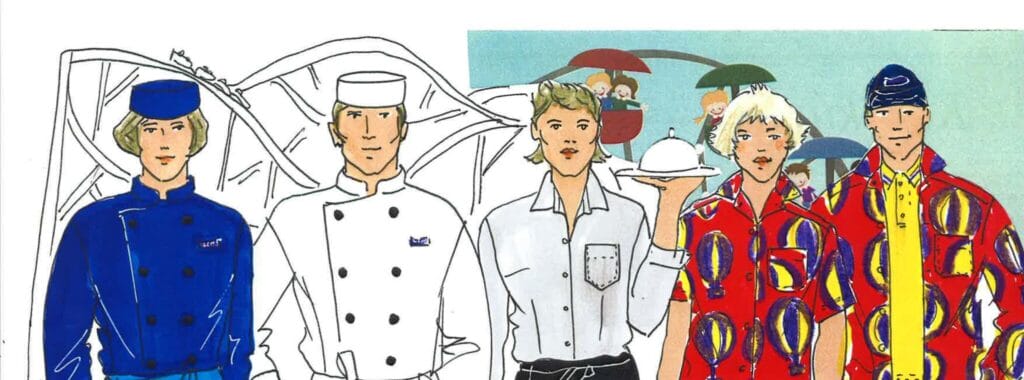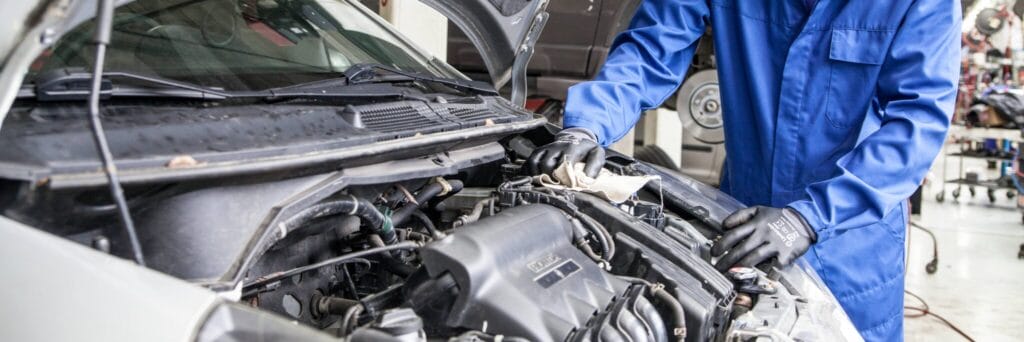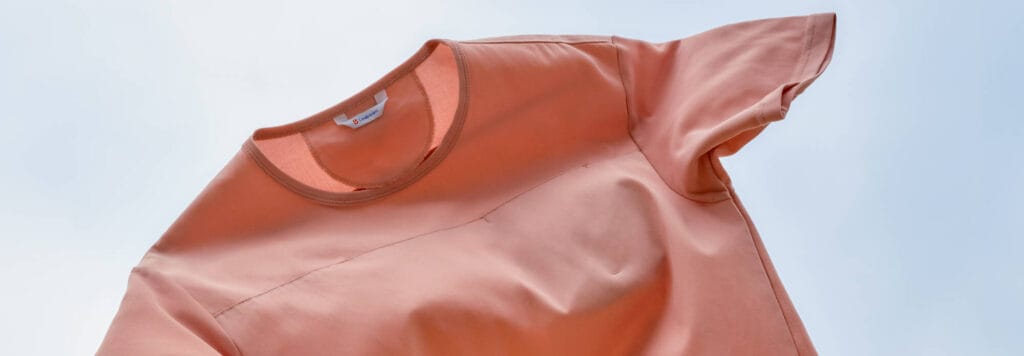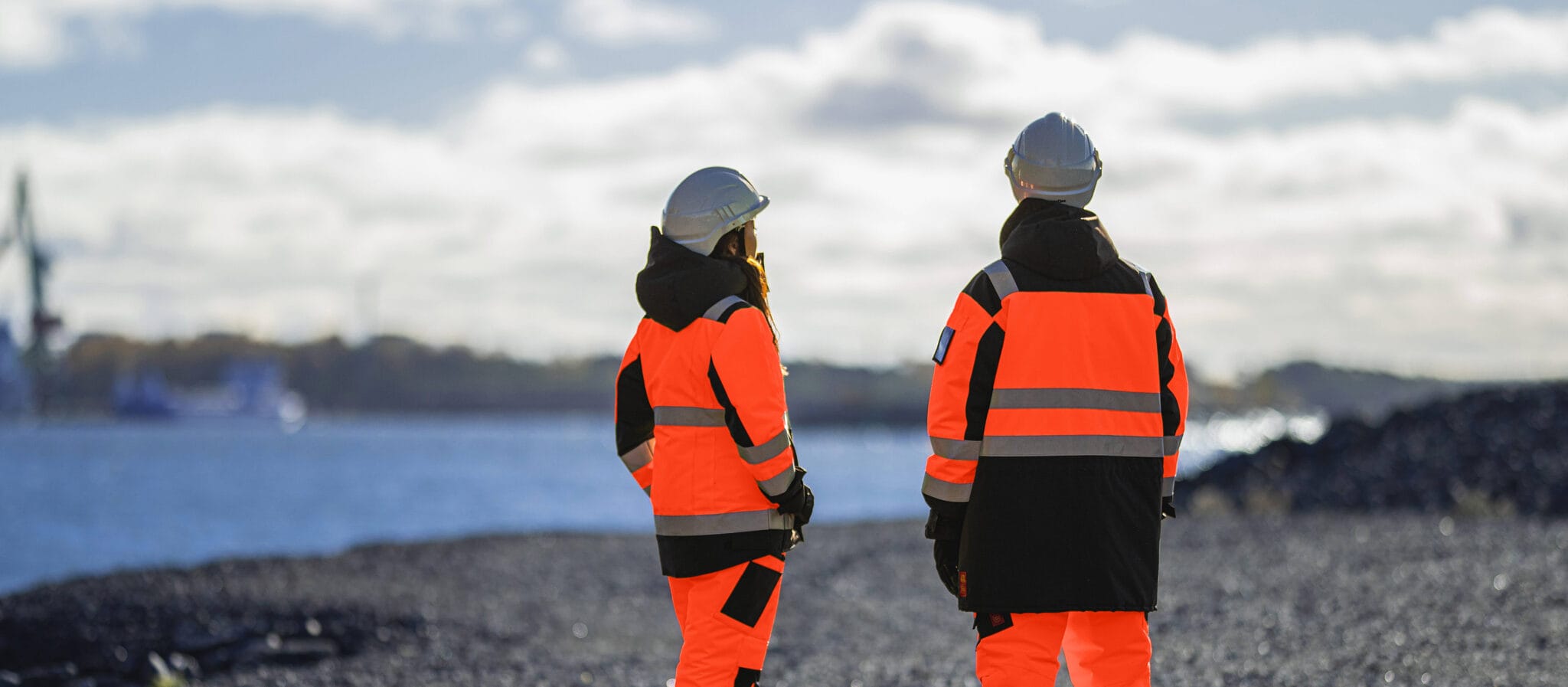
Bright lights in the dark: the importance of Hi-Vis workwear
If you want good outdoor workwear, go to Finland. It’s the cold and dark capital of the world. In winter, the shortest day is about six hours long and the sun is barely visible.
At Helsinki airport, a snowstorm can quickly turn the view into something resembling a snow globe, leaving visitors amazed that work continues without disruption. Workers outside remain active, clearly visible in their bright Hi-Vis jackets as they drive cars, load bags, or spray antifreeze onto planes. Their attitudes remain calm and typically Finnish – quietly efficient and not overly chatty. In Finland, the weather isn’t an obstacle; as the local saying goes, there’s no bad weather, only inappropriate clothing.
How do countries facing harsh conditions successfully keep construction workers, mechanics, and factory employees safe? The answer lies in the serious and consistent use of Hi-Vis clothing.
The importance of Hi-Vis
Working in these conditions is not easy. The dark can be incredibly dangerous. We’ve all seen a cyclist suddenly appear in front of our car. Imagine the risks when driving a 50-ton truck through a crowded worksite, snow in the air, workers walking around.
So how does Finland do so well in the EU’s Accident at Work Statistics? How do they keep the construction, factory, road workers and mechanics safe? The answer is: with serious use of Hi-Vis clothing. Honestly, when you drive past roadworks in the winter, it’s like a festival of lights.
Hi-Vis is crucial not only in cold climates (like Finland) but also in warm and/or tropical countries where heavy rains, fog, and poor visibility pose equal risks.
Fluorescent and retroreflective clothing are among the greatest safety inventions ever. It’s difficult to quantify their effectiveness, but one Danish study showed that cyclists using a Hi-Vis yellow jacket had 47% fewer accidents leading to injury – almost 50% fewer cyclists going to hospital because of Hi-Vis!
So why is Hi-Vis so effective? Well, there is amazing science behind it, but we need to start with some definitions.
What is Hi-Vis clothing?
There are basically two types, fluorescent and retroreflective. The difference between them is like day and night, because that’s when they each work best.
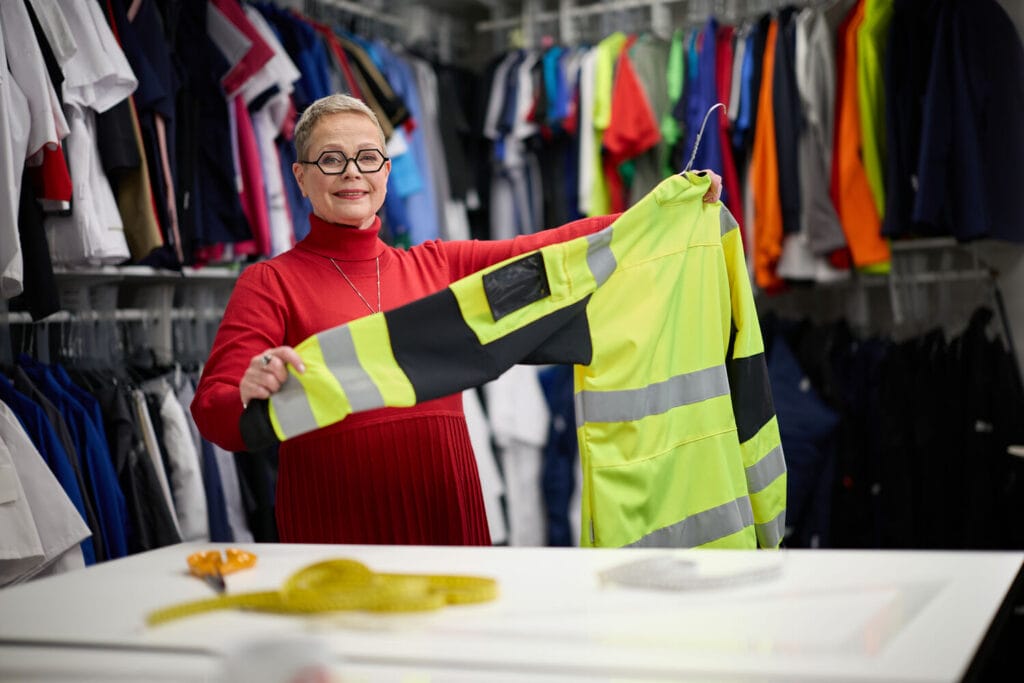
Fluorescent clothing
What is it?
Fluorescent clothing is basically the bright yellow, orange, or red that you often see on construction and road workers. They also appear in other workplaces, especially for work done outdoors.
How does it work?
Fluorescent material converts UV light (the invisible light that burns us when we go to the beach) into visible light. Basically, fluorescent material can reflect more light than normal material, so it appears incredibly bright.
When should we use it?
It is most important during the day, especially in the low-light periods in the morning and evening when normal colours begin to disappear.
Retroreflective clothing
What is it?
Retroreflective signs and clothing are the dazzlingly bright areas that jump out of the dark when our car headlights are shining on them. The fascinating glow of a Hi-Vis jacket is often the first sign there are people working near the road. It’s also on the bright traffic signs that appear from the darkness when everything else is black.
How does it work?
Stand in front of a mirror and shine a torch into it. You can see the light brightly in your eyes. Now move to the side, so you can no longer see yourself. This time, when you shine a torch at the mirror, you can’t see the light. The light is still being reflected, but not towards you.
The magic of retroreflectors is they have a series of mirrors that will always shine the light back at you: from the front, the side, above, or below. That means, when your light hits them, they glow brightly.
Even more clever is that by using tiny (really tiny) beads instead of mirrors, they can be made into stickers, signs, vests, shirts, hoodies, tape, even paint.
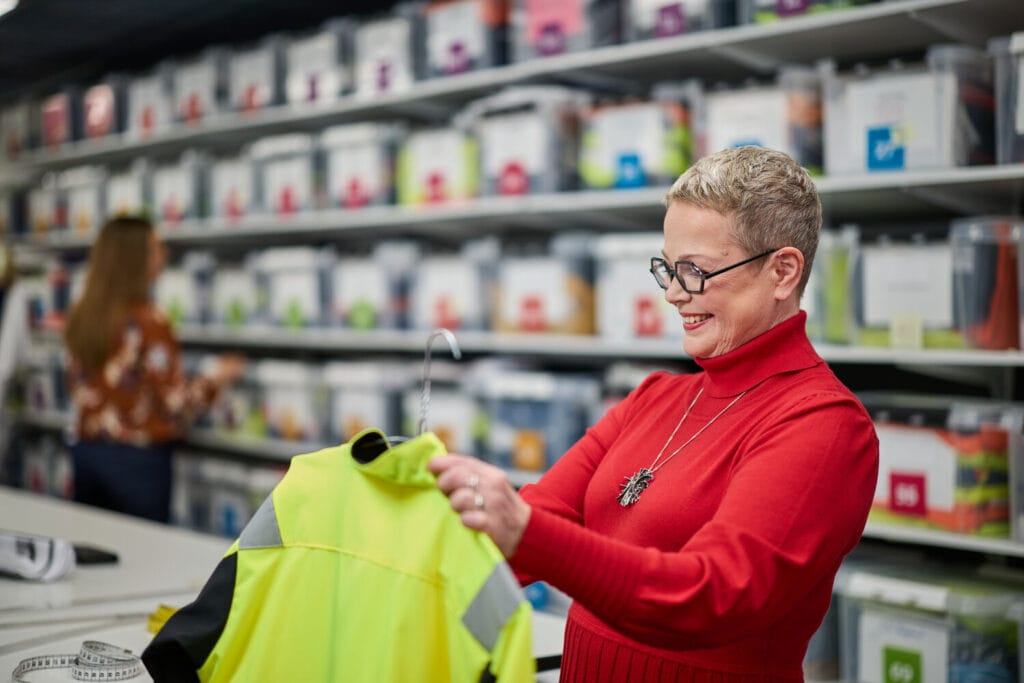
What Hi-Vis clothing do I need?
Every job has its own needs and demands so the best Hi-Vis clothing is designed for the job it’s doing. Industry experts, Workwear Designer Soile Pakarinen and Project Manager Katriina Walliander, from Lindström, one of Europe’s leading textile service companies, explain the importance of having appropriate Hi-Vis clothing,
Creating high-visibility workwear isn’t just about making garments; it’s about understanding the people who wear them and the environments they work in. Excellent workwear does more than just meet safety standards, it must be functional, comfortable, and sustainable
Workwear Designer Soile Pakarinen and Project Manager Katriina Walliander, Lindström.
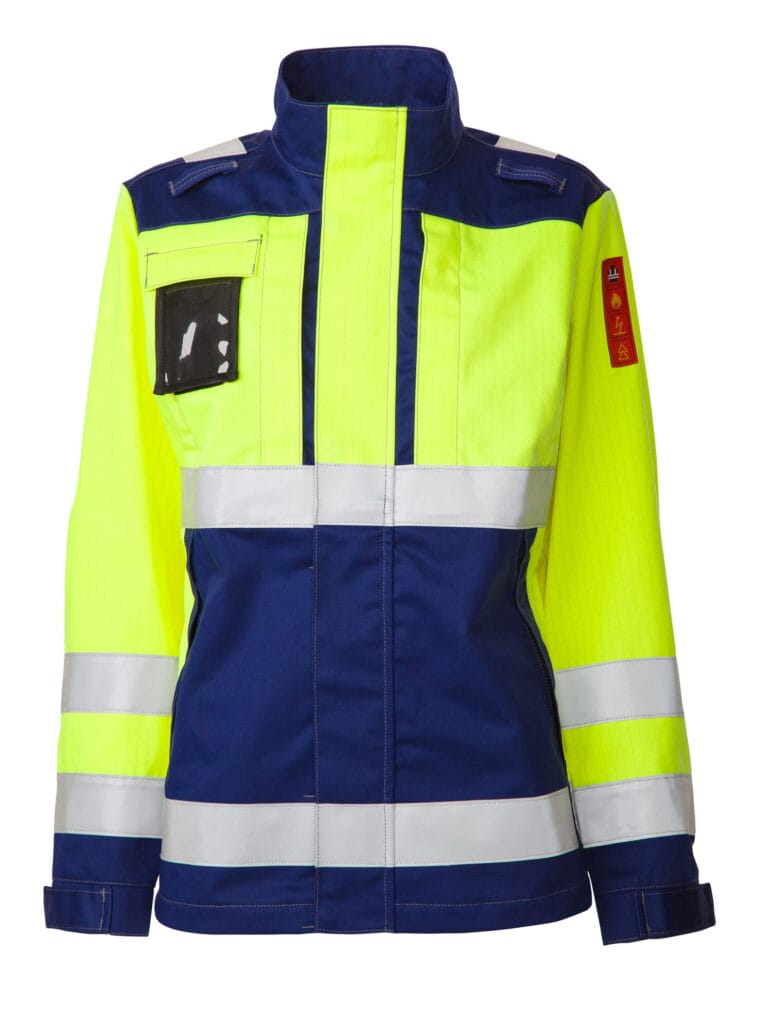
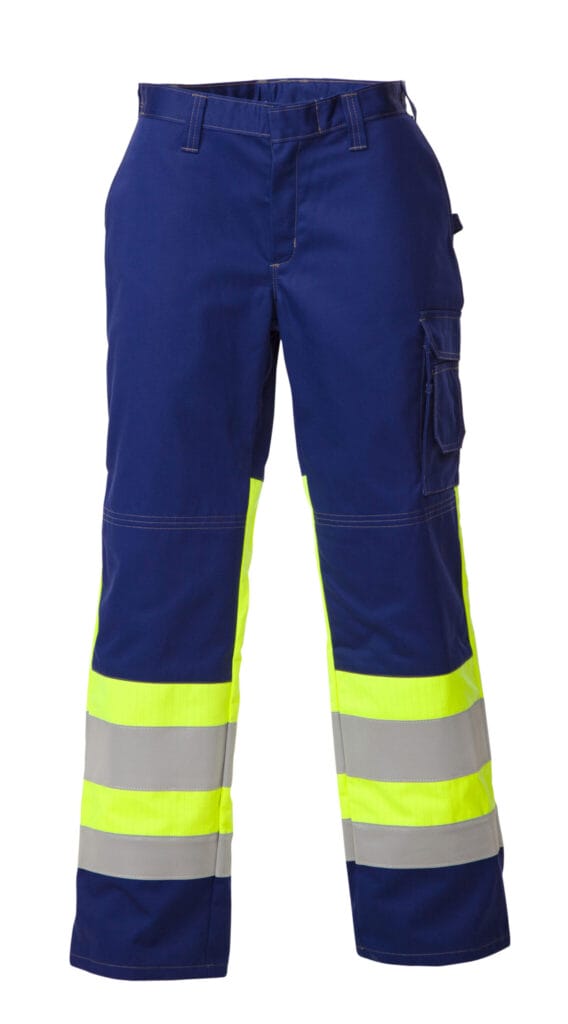
For example, look at the Lindström electrician Hi-Vis jacket and trousers above:
- Fluorescent materials are used at the extremes for clear visibility.
- Retro-reflective strips are used on the legs and sleeves where movement will help catch the light. These areas are unlikely to be covered by additional clothing.
- Pockets and compartments are placed where they don’t affect Hi-Vis areas.
- Meets all safety standards. The garments above are the CE FR TWINPRO jacket and trousers, specifically designed for women. Their flame retardant, high visibility and antistatic functionalities make them suitable for ATEX environments (meaning areas with explosive atmospheres).
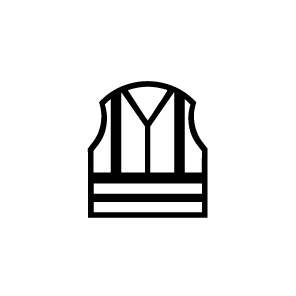
EN ISO 20471:2013
+ AI:2016 Class 1 & 2
High visibility clothing.
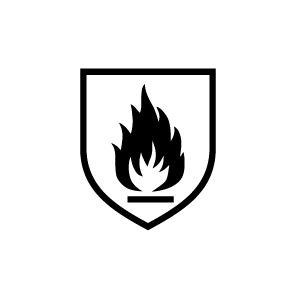
EN ISO 11612:2015 AI B1 C1
Protective clothing – Clothing to protect
against heat and flame.
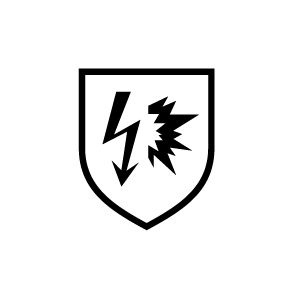
IEC 61482-2:2018 Class 1 (4kA)
Protective clothing against the thermal hazards of an electric arc.
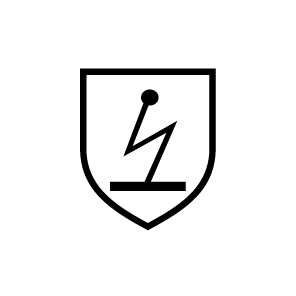
EN 1149-5:2018
Protective clothing – Electrostatic properties.
Rules for Hi-Vis clothing
Hi-Vis inventions are amazing, but there are four important rules to remember.
- You must keep them clean. Working conditions can be tough, due to both weather and dirt. Neither fluorescent nor retroreflective clothing is going to reflect any light if it’s covered in oil, cement, or mud. Consider leasing clothing so it will be kept clean and well-maintained.
- Make sure the clothes are comfortable for the job they are doing. You can’t expect someone resurfacing a road to wear a heavy jacket, even if it is fluorescent.When hot, uncomfortable HI-Vis clothing is removed, it’s no longer protecting you. Make sure you have garments that are comfortable on hot sunny days and cold snowy ones.
- Make sure they fit. This is essential as Hi-Vis areas of clothing can be affected if they don’t fit properly. The best rental companies will even offer a fitting service to make sure clothes are working correctly.
- Make sure the clothes are good enough for different work conditions. How many fluorescent or retroreflective items have disappeared under a warm jacket when it starts to get cold? Or under a coat when it starts to rain? Your Hi-Vis workwear needs to work, whatever the conditions. This article explains key factors to consider when choosing the right Hi-Vis workwear.
Are there standards for Hi-Vis clothing?
Yes, ISO 20471 High-Visibility Clothing sets clear requirements for colour and retroreflection as well as for the minimum Hi-Vis areas on clothing and for the placement of the materials. As Soile and Katriina explain,
“From an aesthetic perspective, safety certifications often set strict guidelines that shape the final design. In Hi-Vis clothing, the required amount of visible surface area must also be present in the smallest garment size. This can influence the design of the garment”.
Conclusion.
Hi-Vis is an essential part of your Personal Protective Equipment (PPE) plan. It’s the only thing that will help workers be seen and safe, day and night. But when you’re choosing your workwear, include a plan for the cleaning and maintenance, and carefully choose clothes that fit, and are suitable for all the conditions they will be used in.
